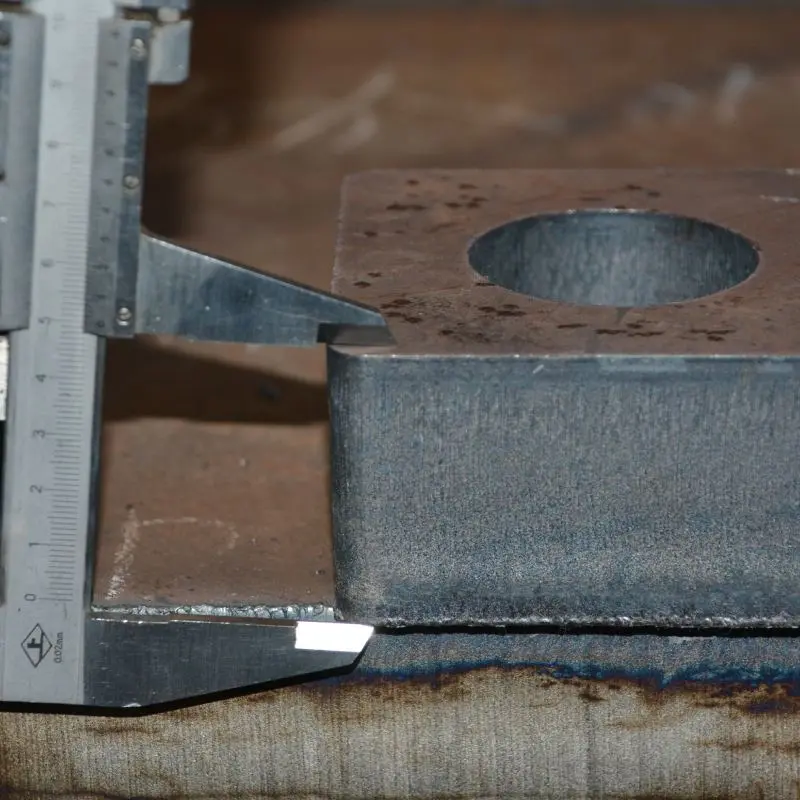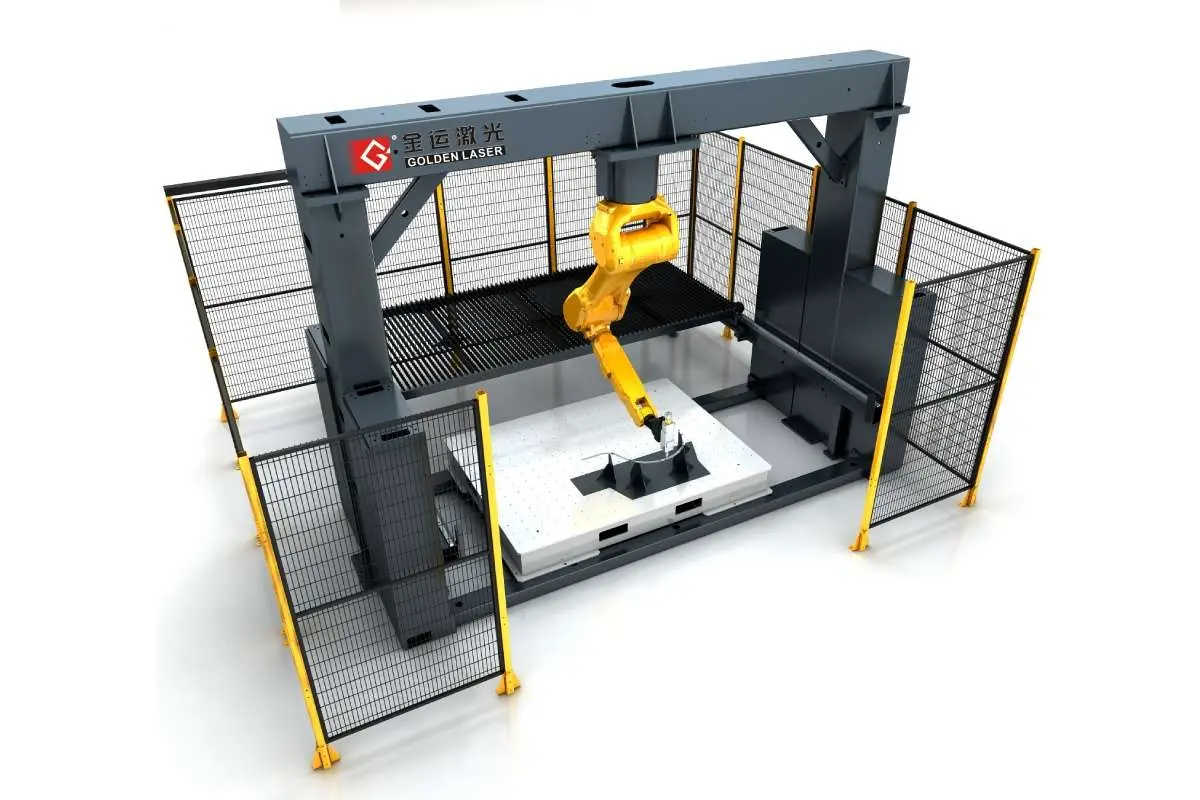In the highly competitive landscape of modern manufacturing, efficiency and precision have become paramount. One of the critical breakthroughs in this domain is the development and implementation of the Steel Automatic Cutting Machine. These sophisticated machines have transformed how steel is processed, delivering enhanced productivity and unrivaled accuracy that traditional methods simply cannot match. This article delves into the advantages of Steel Automatic Cutting Machines, the technology that drives them, and the future of steel processing as influenced by these innovative tools.
At the core of a Steel Automatic Cutting Machine is advanced technology that replaces manual cutting processes. Traditional cutting involves workers using saws, torches, or plasma cutters, which can be labor-intensive and error-prone. In contrast, automatic cutting machines utilize computer numerical control (CNC) technology, which allows for precise measurements and cuts based on pre-programmed settings. This level of accuracy significantly reduces waste, material loss, and the potential for human error, leading to a faster and more efficient workflow.
One significant advantage of Steel Automatic Cutting Machines is their ability to process various steel shapes and thicknesses without compromising quality. These machines can effectively handle everything from flat sheets to complex profiles, enabling manufacturers to diversify their product offerings. As a result, businesses can enhance their competitiveness in the market and cater to a broader range of customer needs. The versatility of these machines is essential in an era where customization and speed are increasingly demanded by consumers.
Furthermore, the operational efficiency of Steel Automatic Cutting Machines translates into considerable cost savings for manufacturers. By minimizing material waste and labor costs associated with manual cutting, businesses can achieve a substantial return on investment. The automation of cutting processes not only frees skilled labor for more complex tasks but also reduces the overall production time. Quick turnaround times enable manufacturers to respond to market demands swiftly, ensuring that they remain agile and responsive.

Revolutionizing Steel Processing: The Advantages and Innovations of Steel Automatic Cutting Machines in Modern Manufacturing
In addition to increased efficiency and cost-effectiveness, Steel Automatic Cutting Machines are also equipped with safety features that mitigate the risks associated with manual cutting operations. The integration of robotics and automation reduces the potential for workplace accidents, as employees are no longer required to operate cutting tools in close proximity to dangerous machinery. Some advanced models even come with built-in sensors that can detect material anomalies or unexpected obstacles, allowing the machine to pause operations and prevent accidents.

Revolutionizing Steel Processing: The Advantages and Innovations of Steel Automatic Cutting Machines in Modern Manufacturing
Innovation is a continuous theme in the evolution of Steel Automatic Cutting Machines. Many modern units are integrated with Internet of Things (IoT) capabilities, enabling operators to monitor and control the machines remotely. This advancement allows for real-time adjustments to cutting parameters, ensuring optimal performance under varying conditions. By leveraging data analytics, manufacturers can also gain insights into their production processes, leading to further improvements over time.

Revolutionizing Steel Processing: The Advantages and Innovations of Steel Automatic Cutting Machines in Modern Manufacturing
The environmental impact of manufacturing processes also cannot be overlooked. Steel Automatic Cutting Machines contribute to more sustainable practices in the industry. By reducing material waste and energy consumption, these machines support manufacturers in their quest for greener operations. Moreover, as the industry moves towards adopting more eco-friendly practices, the efficiency offered by automatic cutting machines aligns perfectly with these sustainability goals.
As the demand for faster, more precise, and cost-effective steel processing continues to rise, the future of Steel Automatic Cutting Machines looks promising. With ongoing advancements in technology, such as artificial intelligence and machine learning, these machines will likely become even more intelligent and adaptive. This evolution will further streamline manufacturing processes and enhance the capabilities of steel fabricators.
In conclusion, the Steel Automatic Cutting Machine is a game-changer in the realm of steel manufacturing. Its benefits—enhanced efficiency, cost savings, improved safety, and adaptability—make it an invaluable asset for modern fabricators. As technology continues to evolve, manufacturers who embrace these innovations will set themselves apart in an increasingly competitive landscape, driving the industry forward into a new era of precision and productivity. The steel industry is poised for a transformation, and automatic cutting machines are at the forefront of this exciting journey. Ms Plate Laser Cutter


